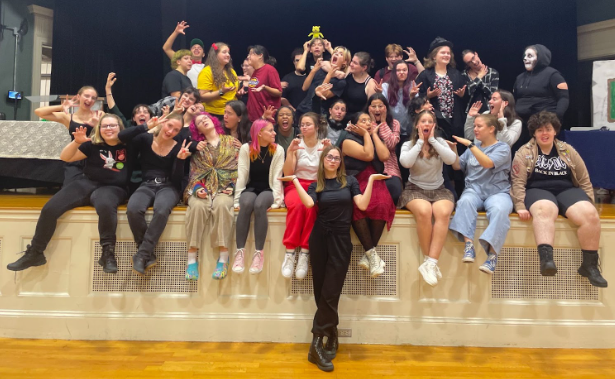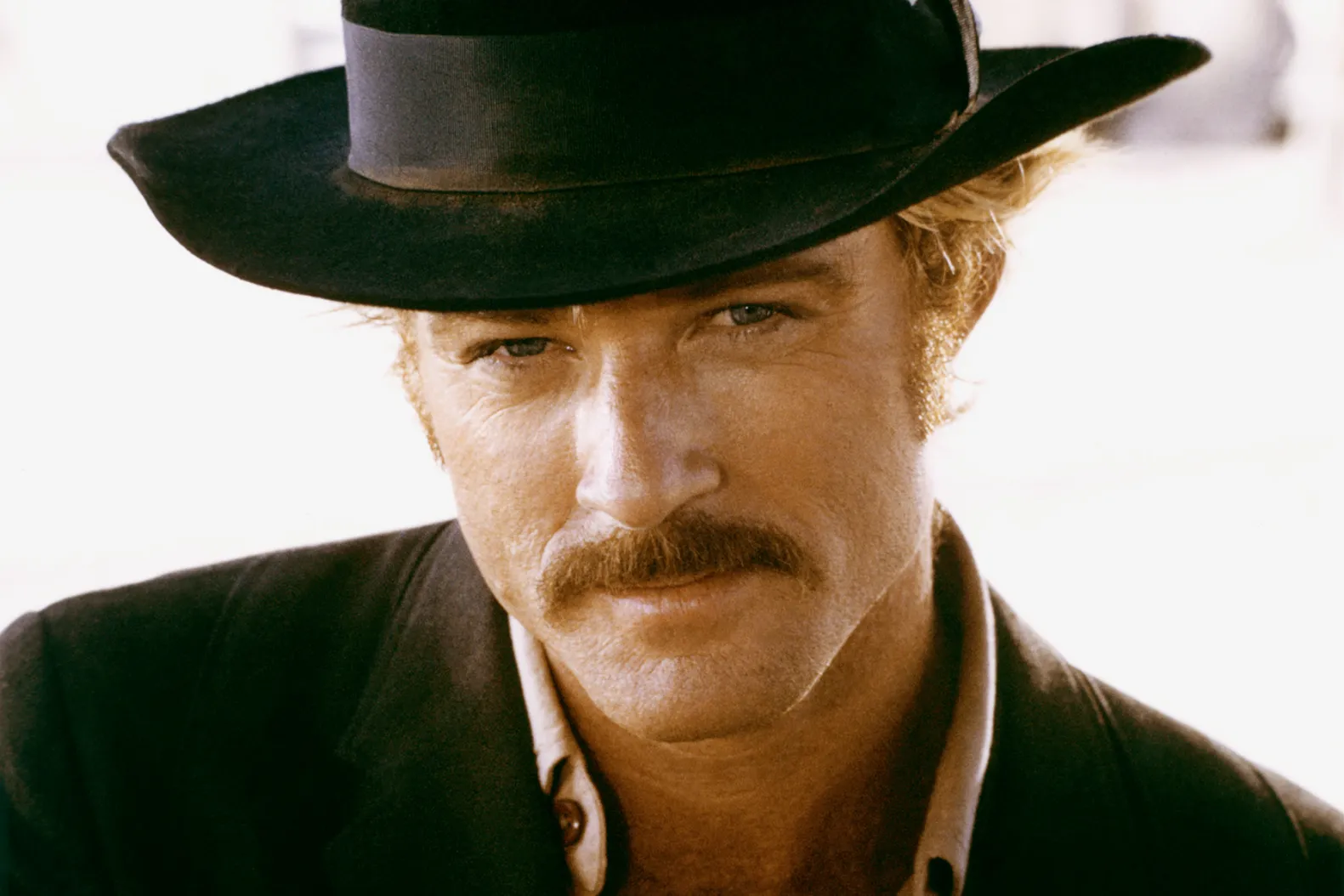Remembering Robert Redford (1936–2025)
Academy Award-winning actor and director Robert Redford died on September 16, 2025, at 89 years old. Redford was best known for his charming and determined personality, often tied to his character portrayals on the big screen. In some roles, he was the charmer everyone was told to look out for. In others, he was a figure courageous enough to do what nobody else thought was possible. Yet, through his work as an actor, activist and director, he blends the two images he established throughout his career. That’s just who he was, which makes the gentleman from the Golden Age of Hollywood filmmaking worth highlighting long after he has passed.
Redford began his acting career in 1959, first appearing on Broadway before guest-starring on several anthology programs and debuting on the big screen. For much of his early career, he would be cast as the “blond male” who charms and delights everyone he lays eyes upon. However, he wanted to break from that mold and work on projects that would test more of his acting chops than his looks. That opportunity would come in 1969 with Butch Cassidy and the Sundance Kid, where, alongside a certain Paul Newman, he cemented himself as a smart, reliable hero. He would later star in Hollywood blockbusters like The Sting, The Great Gatsby and All the President's Men, some of which now define his acting career. His directorial debut, Ordinary People, would also win four Oscars in 1980, besting the likes of David Lynch and Martin Scorsese—two icons of the film industry—for Best Director.
However, his breakthrough role as the Sundance Kid became his moral compass. In 1978, Redford helped found the Sundance Institute. Located in Park City, Utah, it was a place for independent filmmakers to connect and showcase their skills behind the camera to a broader audience. Redford was no stranger to the idea. For much of his career, he approached major studios with smaller projects he wanted to make as compensation for starring in big roles. This is how he made films like The Candidate, Downhill Racer and A River Runs Through It, often featuring Redford in the lead role and as producer. It was a challenge and was never done outside the realm of Hollywood, but he knew there needed to be an easier way for others to do the same.
In short, the Sundance Institute wasn’t just about learning the ropes. It was a platform for people to make a name for themselves. Some of today’s biggest directors—Taika Waititi, Quentin Tarantino, Darren Aronofsky, Paul Thomas Anderson and Steven Soderbergh, to name a few—got their way into the industry through the Sundance Institute’s yearly film festival. From the beginning, Redford’s intention with Sundance was to reignite the creative spark away from Hollywood’s search for the next big blockbuster and give people a place to bring their visions to life.
Today, the Sundance Institute remains a place that nurtures young, incoming talent. It provides each of them a platform for larger movie distributors to see their work and bring it to theaters and homes around the world. By underlining the importance of the people working to craft some of our world’s best and most captivating stories, Redford made his mark. Not just as an actor or a director, but as a human privy to the creative spirit and the blissful feeling everyone gets from going to the movies.



